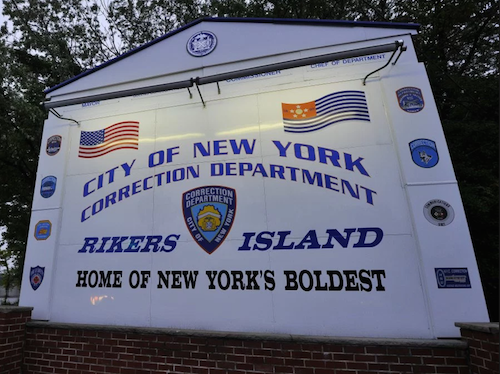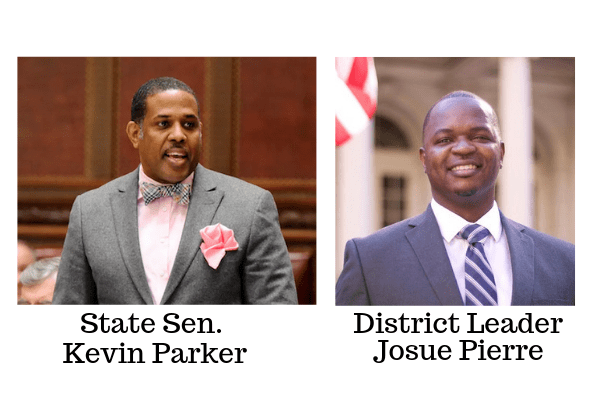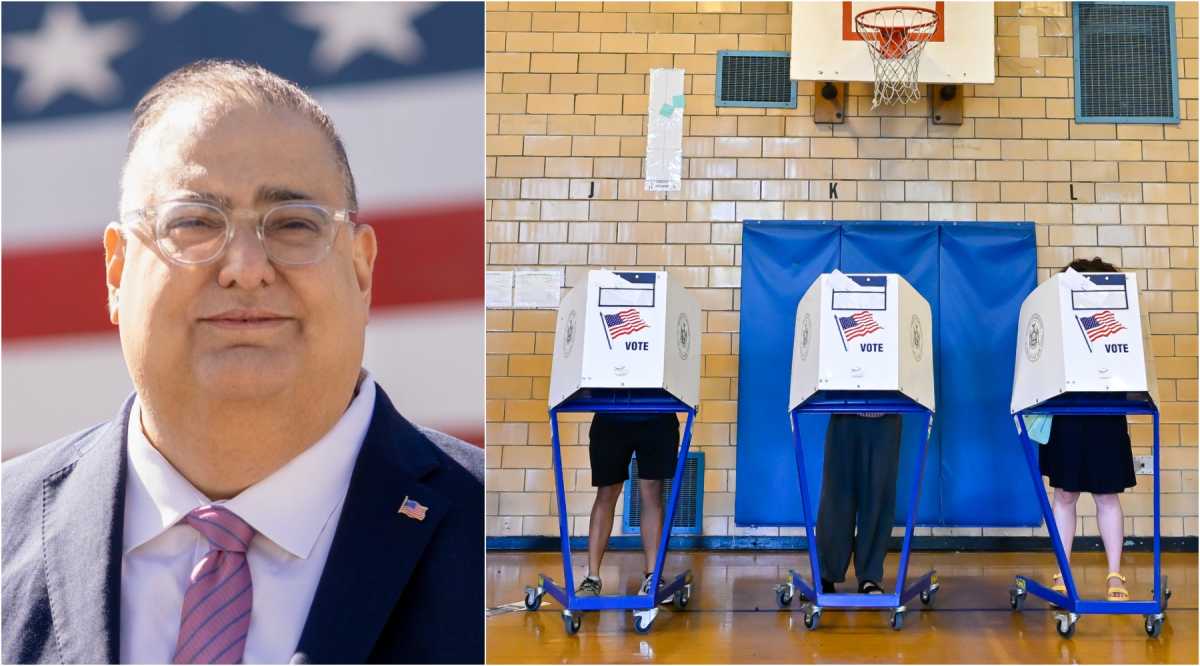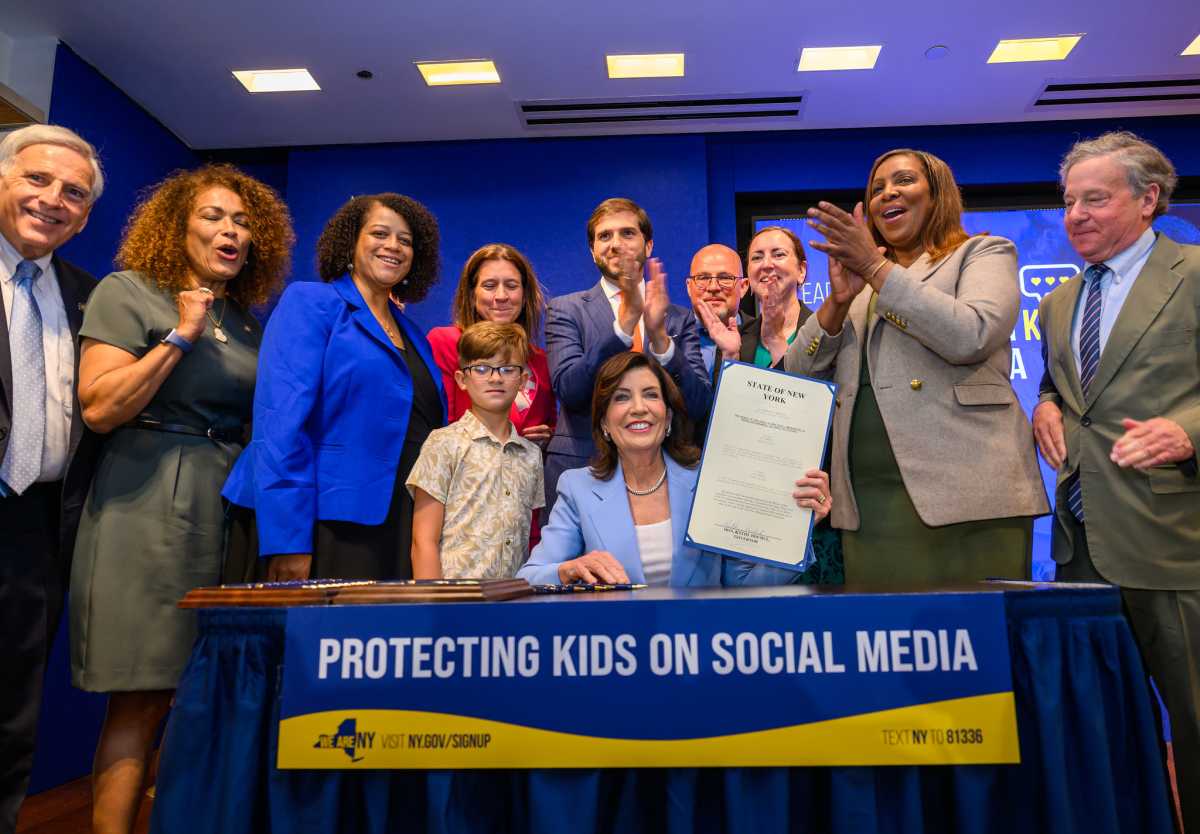Economic segregation or a way to provide much needed affordable housing.
Either way, State Sen. Kevin Parker (D-Flatbush, East Flatbush, Midwood, Ditmas Park, Kensington, Windsor Terrace, Park Slope) yesterday took issue with his senate primary seat opponent, Democratic District Leader Josue (Josh) Pierre, for the challengers call to build 100 percent affordable housing on Rikers Island and all formerly public lands.


Pierre yesterday called for the city and state to establish a binding policy that requires all housing built on formerly public lands to be 100% affordable. Pierre cited the ongoing debate over the future of Rikers Island as an opportunity to put this policy into practice, pledging to introduce legislation in the Senate to achieve this goal.
“New York City is in an affordable housing crisis, and we cannot afford to keep selling off publicly-owned real estate to luxury developers instead of creating housing for working families. The luxury apartment market is saturated, but our politicians routinely go for the quick buck which leads to more wasted opportunities to create real affordable housing on land that already belongs to the public,” said Pierre.
“With the Council looking to force the City to close Rikers, which is the right thing to do, they can make it a win-win by also increasing affordable housing. This would put New York on a steady path to continually increasing our affordable housing supply,” he added.
Pierre said Rikers is only one opportunity, but this needs to be the policy for all public land being sold off for housing. “If we’re going to solve these big-picture issues facing our city, we need bold solutions. When elected to the Senate, I will introduce legislation to require that housing built on formerly public land is affordable for working families,” he said.
 But Parker countered that to place all residents of one income level is a recipe for economic segregation. “Most of us looked at different housing models and agreed that mixed [socio-economic] housing is the way for these developments and how the state has gone about it,” he said.
But Parker countered that to place all residents of one income level is a recipe for economic segregation. “Most of us looked at different housing models and agreed that mixed [socio-economic] housing is the way for these developments and how the state has gone about it,” he said.
“Nobody disagrees there is a need for more affordable housing, but his [Pierre] plan shows a lack of experience and understanding of government. It is well documented that the land from Rikers Island cant be used for other purposes,” Parker added.
Parker said even if it were possible for housing on Rikers, it would be absurd to take a place with such a history of racial and class injustice and turn it into some kind of low-income development. “That’s like saying you’re going to put a health clinic for low-income people on the site of the Tuskegee experiment.
Parker also said logistically putting affordable housing on Rikers would make it a very tough commute for the potential residents living there. Lastly, there is a large concern of lead poisoning and the site would take a lot of remediation, he said.
Parker also questioned if the Rikers Island jail was completely closed where would the prisoners – of which over 60 percent have mental health issues be placed.
“We fought for bail reform, raise the age and other criminal justice reforms on the state level and I was a big part of that, and the next big move is to deal with mental health. Putting people through the criminal justice system is no way to adjudicate people with mental health issues,” he said.
The political gladiators also disagreed on what type of affordable housing is needed in the 21st Senate district, in which both are campaigning to represent.
Pierre criticized state officials for continuing to rely on a misleading and inaccurate definition of “affordable,” demanding that affordability be based on neighborhood income levels, not regional incomes that include households in ultra-wealthy parts of the City and places like Westchester and Putnam Counties.
“New York City and New York State rely on the federal government’s definition of Area Median Income, or AMI, when determining affordability. That’s ridiculous,” said Pierre. “Under their standards, the median income is nearly $75,000 for an individual living alone and over $106,000 for a family of four. That is not the reality for families in East Flatbush and Flatbush — the actual median household income in my district is just $55,000, and the individual income in $28,000. We need homes for those working families, not more displacement.”
But Parker said the biggest need for affordable housing in the district is what he considered “workforce housing.”
“The people that need housing are nurses married to school teachers. Police officers married to transit workers, and transit workers married to social services workers. We need housing and things for people who go to work every day with combined incomes of between $100,000 and $150,000,” said Parker.










